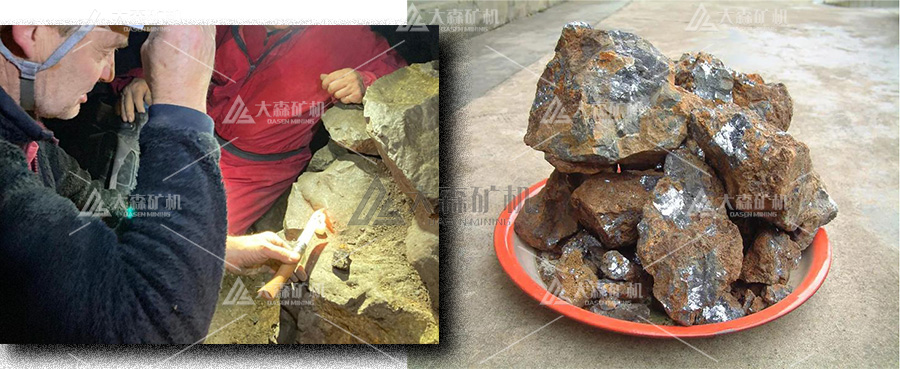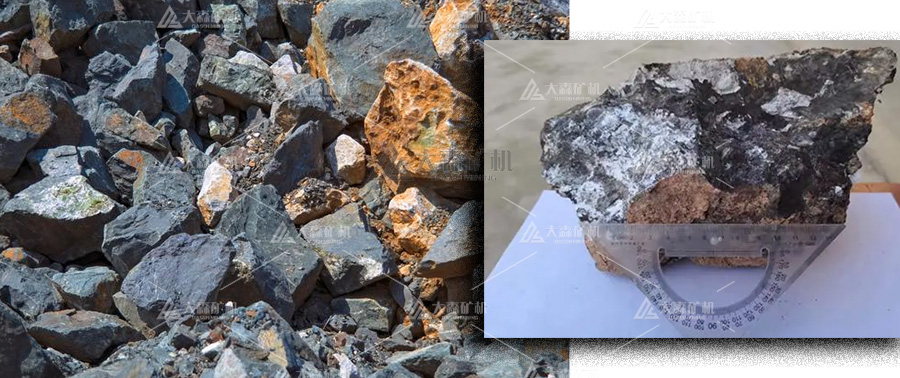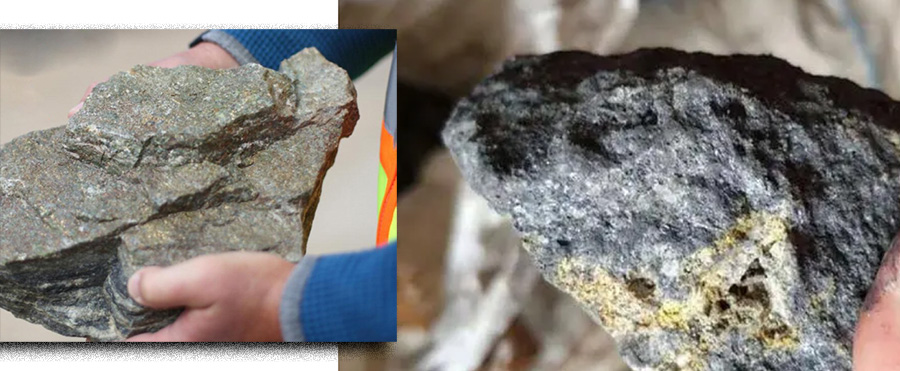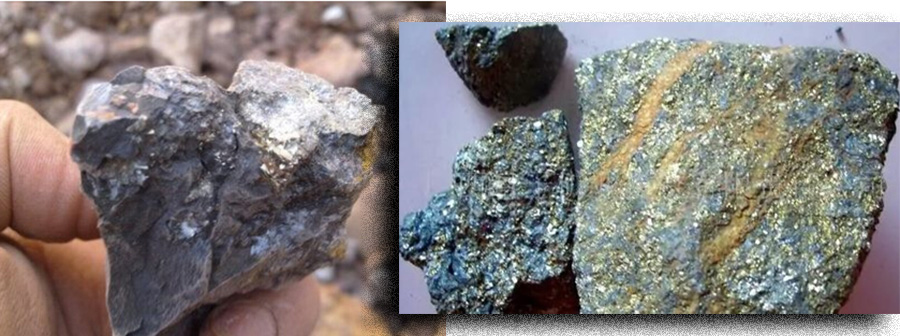Where to Find Raw Nickel, Antimony, Lead-Zinc, and Cobalt Ore?
Finding Lead-Zinc Mines: A Guide
Lead-zinc mines are often found together due to their similar geological formation. Here’s a breakdown of key indicators:
- Iron Cap and Oxide Ore:
- Look for iron-rich deposits, often with a reddish hue.
- High lead and zinc levels in these areas suggest potential ore bodies.
- Lead oxides are usually insoluble and found near the primary ore, while zinc oxides are more soluble and can be found farther away.
- Alteration-Marked Carbonate-Type Ore:
- Silicified dolomite with gray-white and flesh-red zones is a common indicator.
- Sandstone deposits with “bird’s eye” or “snow top” structures are promising.
- Look for surrounding rock alterations like fragmentation, silicification, and pyrite mineralization.
- Geophysical and Geochemical Anomalies:
- Lead-zinc deposits often have low resistance and high polarity.
- Massive sphalerite ore bodies may have high resistance.
- Structural Features:
- Fracture zones, fold axes, and thrust nappe structures are associated with large deposits.
- Trace Element Anomalies:
- Elevated levels of germanium, gallium, indium, silver, and other elements can indicate lead-zinc ore.
Finding Cobalt Ore: A Brief Guide
Cobalt ore is often found associated with other minerals, like copper, nickel, iron, and gold. While independent cobalt deposits exist, they’re less common.
Types of cobalt deposits:
- Independent deposits:These are rare and include cobalt arsenide, cobalt sulfide, and cobalt earth deposits.
- Associated deposits:Cobalt is often found in skarn-type iron ore, vanadium-titanium magnetite, hydrothermal polymetallic ore, copper ore, sedimentary cobalt manganese ore, and more.
Associated cobalt deposits are often found in:
- Magma-typedeposits like copper-nickel sulfide and vanadium-titanium magnetite.
- Hydrothermal-typedeposits like skarn, porphyry copper, and vein-like polymetallic.
- Sedimentary or sedimentary metamorphic
- Laterite-typecobalt-nickel silicate ore.
Prospecting for cobalt ore:
- Look in ultra-basic rock masses containing copper-nickel or vanadium-titanium magnetite.
- Examine fractured fracture zones in black rock series.
- Manganese-bearing soil can indicate cobalt-earth deposits.
- Explore iron, copper, gold, and lead-zinc ores.
- Check weathering crusts of old metamorphic rocks.
How to Find Antimony Ore: A Guide
Antimony ore is typically found in hydrothermal deposits, often associated with specific rock types and minerals. Here’s a breakdown of key factors to consider when prospecting for antimony:
Rock Types
- Carbonate rock type:The most common host rock for antimony deposits.
- Clastic rock type:Sedimentary rocks like sandstone or shale can also contain antimony.
- Shallow metamorphic rock type:Rocks formed through low-temperature metamorphism, such as slate or phyllite.
- Volcanic rock types:Both marine and continental volcanic rocks can host antimony deposits.
Prospecting Criteria
- Geological setting:Look for areas with medium to low-temperature hydrothermal activity, often near the edges of granite bodies, sedimentary basins, or shallow metamorphic belts.
- Associated minerals:Antimony is often found with quartz, calcite, orpiment, realgar, cinnabar, and low-temperature arsenopyrite.
- Wall rock alteration:Silicification is a common alteration associated with antimony mineralization.
- Oxidation zones: These may contain stibnite, antimony ochre, and other antimony-bearing minerals.
- Geochemical anomalies:Look for areas with elevated concentrations of antimony, gold, silver, arsenic, mercury, or tungsten.
- Geophysical anomalies:Antimony mineralization can often be detected using geophysical methods like electrical resistivity surveys.
Remember: Prospecting for minerals can be challenging and requires specialized knowledge. Always consult with experts and follow local regulations.
How to Find Raw Nickel Ore
Raw nickel ore is a valuable natural resource used in various industries. It can be found in two main genetic types: magma fusion and weathered crust. Common industrial types include copper-nickel sulfide and nickel oxide-nickel silicate.
Prospecting for nickel ore involves identifying specific geological conditions:
- Tectonic settings:Nickel deposits often occur in areas that have experienced plate collisions, rifting, or tectonic shifts.
- Fault zones:Long-term active fault zones can control the distribution of nickel deposits.
- Magmatic rocks:Mafic-ultramafic rock basins, rock walls, and magmatic complexes are favorable environments for nickel formation.
- Differentiation:Higher levels of differentiation in mafic-ultramafic rock masses can increase the likelihood of nickel deposits.
- Geophysical anomalies:Magnetic and electromagnetic anomalies, caused by minerals like pyrite and nickel pyrite, can indicate the presence of nickel ore.
- Geochemical anomalies:Elevated levels of elements such as copper, nickel, cobalt, and arsenic can be used as prospecting indicators.
If you have any questions about the above content or lead-zinc concentrate and want to know more info, please contact the online service or submit your message.
Whatsapp:+86 133 1927 7356
Email:[email protected]




